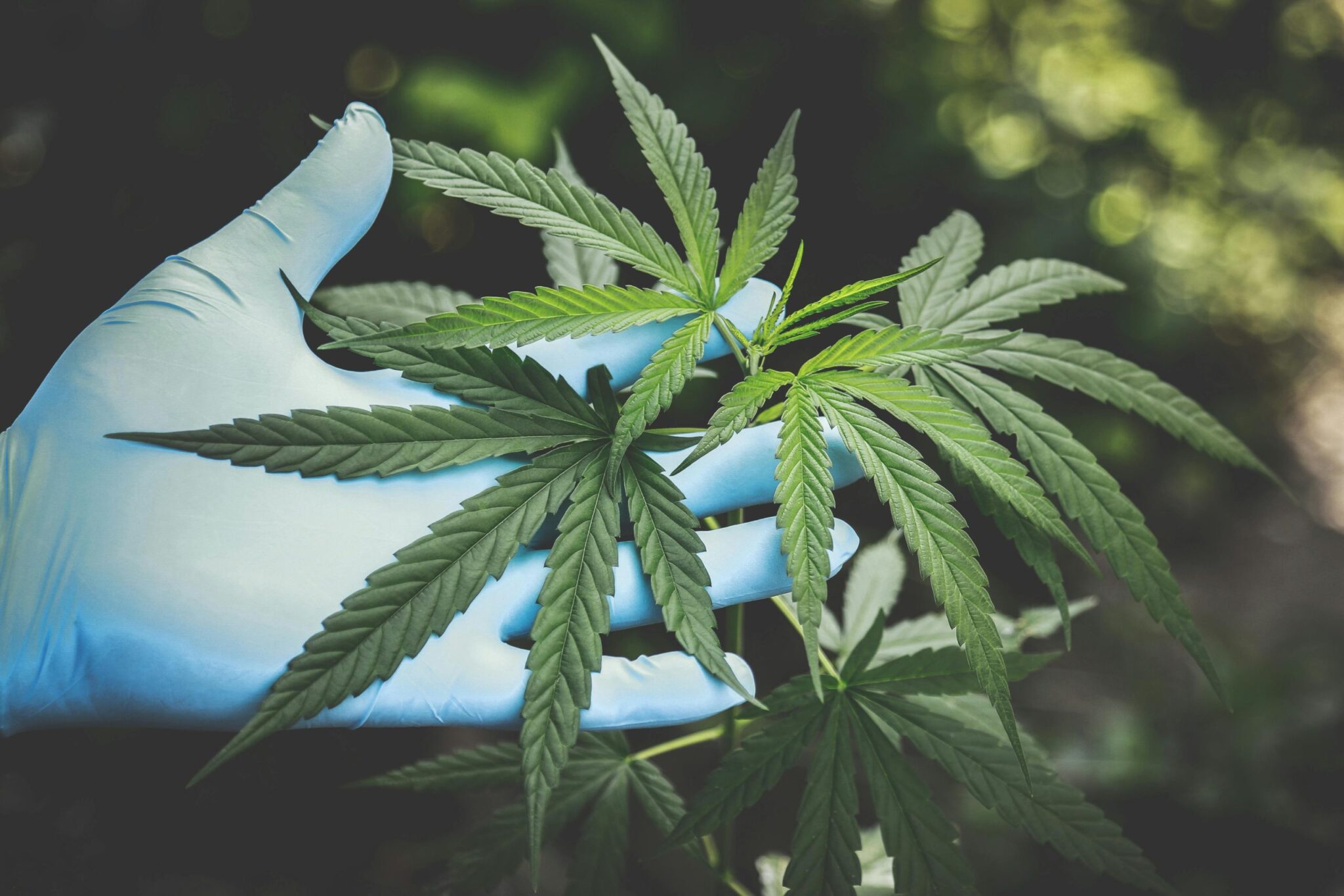Growing cannabis outdoors is a rewarding endeavor that connects you to the rhythms of nature—sunlight warming the leaves, soil nurturing the roots, and fresh air coaxing out those potent buds. In 2025, with legalization expanding across the United States and climate patterns shifting, the opportunity to cultivate your own cannabis has never been more accessible or exciting. Whether you’re a seasoned grower or a curious beginner, choosing the right strain can make all the difference in your harvest’s success. The best outdoor strains thrive under natural conditions, resist pests and weather challenges, and deliver impressive yields without the need for a controlled indoor setup.
As someone who’s spent years researching cannabis and its applications, I’ve seen how the right strain can turn a backyard plot into a thriving garden. This guide dives into the top outdoor cannabis strains for 2025, blending the latest cultivation trends with practical advice. From hardy indicas to vigorous sativas, these picks are tailored to American climates and growing seasons. We’ll explore what makes each strain stand out, how to nurture them, and how to navigate the legal landscape—all to empower you with the knowledge to grow your own cannabis with confidence.
Why Grow Cannabis Outdoors in 2025?
Outdoor growing harnesses the power of the sun, cutting costs on electricity and equipment compared to indoor setups. It’s also a sustainable choice—plants soak up natural resources, reducing your carbon footprint. In 2025, advancements in strain breeding have produced varieties that are tougher than ever, capable of withstanding unpredictable weather and thriving in diverse regions, from California’s dry heat to Oregon’s damp coast. Plus, there’s something deeply satisfying about watching your plants flourish under open skies, their terpene-rich aromas mingling with the breeze.
The catch? Outdoor growing demands strains that can handle Mother Nature’s curveballs—drought, heavy rain, or early frost. The strains highlighted here are selected for their resilience, yield potential, and adaptability, based on grower feedback and emerging data from agricultural research. Let’s dig into the top choices for your 2025 garden.
Top Outdoor Cannabis Strains for 2025
Not every strain loves the great outdoors. The best ones balance growth speed, durability, and potency. Here are five standout options for American growers this year.
Durban Poison
A pure sativa hailing from South Africa, Durban Poison is a superstar for outdoor cultivation. With THC levels often hitting 20-24%, it delivers an energizing, clear-headed high that’s perfect for daytime use. Its sweet, anise-like scent comes from terpinolene, a terpene that also boosts its mold resistance—a must for humid climates. This strain grows tall and fast, reaching up to 7-8 feet in ideal conditions, and finishes flowering in 8-9 weeks, typically by late September. It thrives in sunny, warm regions like the Southwest, but its sturdy structure holds up in windier areas too. Growers love its hefty yields and low maintenance—just give it plenty of space and sunlight.
Blue Dream
A hybrid that’s become a household name, Blue Dream blends sativa vigor with indica resilience. Expect THC around 17-24% and a blueberry aroma driven by myrcene, which enhances its calming effects. It’s forgiving for beginners, resisting pests and mildew while producing dense, resinous buds. Blue Dream matures in 9-10 weeks, making it harvest-ready by mid-October in most U.S. climates. It does best in mild, Mediterranean-like conditions—think California or southern Oregon—but can adapt to cooler zones with proper care. Its balanced high suits medical and recreational users alike, and its bushy growth promises generous yields.
Northern Lights
This indica classic, with THC ranging from 16-21%, is a dream for growers in shorter seasons. Northern Lights finishes flowering in just 7-8 weeks, often ready by early September, making it ideal for northern states like Michigan or Washington. Its piney, earthy flavor comes from caryophyllene, a terpene that doubles as a natural pest repellent. Compact and sturdy, it rarely exceeds 4-5 feet, perfect for discreet backyard plots. It shrugs off cold snaps and dampness, though it craves good drainage to avoid root rot. The reward? Tight, potent buds that deliver deep relaxation—great for unwinding after a day in the garden.
Gorilla Glue #4
Known as GG4, this hybrid packs a punch with THC levels often exceeding 25%. Its sticky, resin-coated buds—hence the “glue” name—carry a diesel-and-chocolate scent from limonene and humulene. GG4 takes 8-9 weeks to flower, hitting harvest time around late September to early October. It’s a beast outdoors, growing up to 6 feet and producing massive colas if given rich soil and ample sun. It handles heat and drought well, suiting growers in arid states like Nevada, but needs support stakes as buds fatten. Its potency and yield make it a favorite, though its intensity calls for mindful consumption.
White Widow
A balanced hybrid with a storied reputation, White Widow offers THC around 18-22% and a spicy, woody profile thanks to pinene. It’s a survivor—resistant to mold, pests, and temperature swings—making it versatile for growers nationwide, from Florida’s humidity to Colorado’s high altitude. Flowering takes 8-10 weeks, with harvests typically in early October. Plants stay medium-sized, around 4-6 feet, and produce frosty, trichome-laden buds that gleam in the sun. Its uplifting yet soothing effects appeal to a wide audience, and its adaptability ensures a solid crop even in less-than-perfect conditions.
How to Grow These Strains Outdoors
Success outdoors starts with understanding your strains and environment. Here’s a breakdown of key steps to get you from seed to harvest in 2025.
Timing and Climate
Most cannabis grows best when planted in spring—April or May in the U.S.—after the last frost. Sativas like Durban Poison need longer summers, while indicas like Northern Lights suit shorter seasons. Check your region’s growing zone and weather patterns. Hot, dry areas favor GG4; wetter climates lean toward mold-resistant strains like White Widow. Use the Farmer’s Almanac or local extension services to pinpoint planting dates.
Soil and Nutrition
Cannabis craves well-draining soil rich in organic matter—think compost or aged manure. Aim for a pH of 6.0-7.0; test kits are cheap and widely available. Feed plants with balanced nutrients—nitrogen early on, then phosphorus and potassium during flowering. Outdoor strains are hungrier than indoor ones due to natural leaching, so top-dress with worm castings or fish emulsion monthly. Blue Dream and GG4, with their heavy yields, especially benefit from extra care.
Watering and Sunlight
Water deeply but infrequently—let the top inch of soil dry out between sessions to encourage strong roots. Morning watering prevents mold, crucial for strains like Durban Poison in humid zones. Position plants for 6-8 hours of direct sun daily; south-facing spots are gold. Northern Lights tolerates partial shade, but most thrive in full exposure.
Pest and Weather Protection
Outdoor plants face aphids, spider mites, and storms. Neem oil or ladybugs keep bugs at bay—White Widow’s natural defenses help here. For wind or rain, use stakes or cages, especially with top-heavy GG4. If frost threatens early (common in the Northeast), cover plants with tarps or move potted ones indoors overnight.
Legal Considerations for Outdoor Growing
In 2025, cannabis laws vary widely. Over 20 states allow recreational growing, often limiting you to 6-12 plants per household. Medical states require a license—I always recommend going for a Medical Marijuana Card. Services like Get Medical Marijuana Card Online Instantly from Kif Doctors streamline this; Same Day Medical Marijuana Card Online - Kif Doctors gets you approved fast. Federally, cannabis remains illegal, so keep it on private property and out of public view. Check your state’s rules—California permits more plants than, say, Virginia—and stay discreet to avoid hassle.
Tips for a Bountiful Harvest
Start with quality seeds or clones from reputable sources—dispensaries or licensed breeders. Germinate indoors in March, then transplant after hardening off. Prune lower branches to boost airflow and focus energy on top buds, especially for bushy strains like Blue Dream. Harvest when trichomes turn milky or amber—too early, and potency suffers; too late, and THC degrades. Dry and cure properly in a dark, ventilated space for 2-4 weeks to lock in flavor and strength.
FAQs About Outdoor Cannabis Growing
Can I grow cannabis outdoors year-round?
Not in most U.S. climates. Cannabis is an annual plant, growing from spring to fall. In warm states like Florida, you might squeeze in two cycles, but winter kills plants elsewhere.
Which strain is easiest for beginners?
Blue Dream and Northern Lights are forgiving—resistant to mistakes and quick to mature. Start there if you’re new to outdoor growing.
How much can I expect to harvest?
Yields vary—Durban Poison can produce over a pound per plant in perfect conditions, while Northern Lights might yield 4-8 ounces. Soil, sun, and care dictate the haul.
Conclusion
Growing cannabis outdoors in 2025 is a chance to cultivate something extraordinary—both a crop and a connection to the earth. Strains like Durban Poison, Blue Dream, and Northern Lights offer resilience and reward, tailored to America’s diverse landscapes. With the right timing, care, and legal know-how, your garden can thrive, delivering potent buds by fall. Whether you’re chasing a personal stash or exploring cannabis’s potential, these strains and tips set you up for success. The sun’s free, the soil’s waiting—why not grow your own truth this year?
 Since 2021, Kif offers a streamlined platform to get a medical marijuana card online. We have served more than 45K patients across the United States. Sign Up Now to get the right to use medical cannabis for your health condition without any delay.
Since 2021, Kif offers a streamlined platform to get a medical marijuana card online. We have served more than 45K patients across the United States. Sign Up Now to get the right to use medical cannabis for your health condition without any delay.

























